Birds can sometimes be found in the most unlikely of places. Here are some general locations to seek out unusual places to go birding!
There are over 10,000 unique bird species, and birds can be found in nearly every corner of the world. Some live in the Arctic or Antarctic, while others thrive in the Tropics. Some live in lowland deserts, some prefer the high mountains.
Many habitats host birdlife, even if the diversity of the kinds of birds isn’t high.
While some might think one can only find birds high in the trees or in faraway places, there are birds right in your backyard, no matter where you are in the world. Even places one might not expect to see birds may just see them thriving.
Here are five unusual places to go birding!
P.S., Head over to our sister site, Birding Tools, to find out what you need to know to ID birds!
Cities: Parks and Nesting Structures
While it is common to see pigeons in cities, there are loads of other bird watching opportunities.
City parks and green spaces, in particular, are great places to look for birds. Green spaces serve as an oasis from the hustle and bustle of the city. Often, greenery means bushes and trees that have tasty bugs for insect-eaters to eat, berries or fruits for fruit-eaters, and flower-bearing buds for nectar-eaters.
It is not uncommon for birds to migrate to cities in the wintertime, as cities tend to be warmer overall than the surrounding countryside. The exhaust, lights, and building components make cities desirable in this way for birds looking to warm up.
Importantly, however, cities also divert large numbers of birds during migration, as the bright lights attract the birds away from their usual migratory pathway. Not everywhere in the city is safe for a bird!
Peregrine Falcons are famous for how they’ve adapted to life in the big city. Known for nesting on ledges, Peregrines have a good view of the whole surrounding area from the ledge of a skyscraper, leaving a good opportunity to see mice and other critters to eat.
Additionally, visit Rome in wintertime, and you’ll see a stunning display of European Starlings each evening at dusk as they get ready to roost. Starlings flock to Rome, and other cities, to take advantage of the warmer local climate and food opportunities. Their undulating movements are so fluid in the air, it’s as if watching a dance show.
Watch the incredible starling murmuration over Rome here! Video by Christa Rolls
Building Structures: Vantage Points
Buildings have all sorts of nooks and crannies perfect for cavity-nesting birds.
Birds that nest in cavities, such as swallows, owls, and woodpeckers, surely appreciate buildings that have wood holes or brick cracks.
Also, buildings tend to be situated well off the ground to provide a perfect vantage point for the surrounding area.
Note that if you see a bird nesting on a building, and the nest is active, meaning it has laid eggs or has young, look up the laws and regulations where you live. Wait until the end of the summer to remove the nest, if possible.
It is possible to put up mesh in the birds’ favorite nesting location around autumntime to avoid birds nesting the following year.
In the United States, for example, the Migratory Bird Treaty Act protects nesting birds from being harassed or nests destroyed. Strongly consider whether the birds’ presence is a matter of health and safety, not simply a nuisance, before taking further action in the middle of nesting time.
Of course, Barn Owls are named after the structure in which they are often found! The nooks around barns are perfect for owl nests and hiding out during the day. Plus, barns often have lots of rodents and other critters perfect for an owl’s diet.
Further, the White Storks of Europe are famously known for nesting on town halls in the regions in which they are found. Decades ago, conservation initiatives to save this large bird involved building nesting structures on top of town hall building to encourage nesting storks. And, the initiative worked!
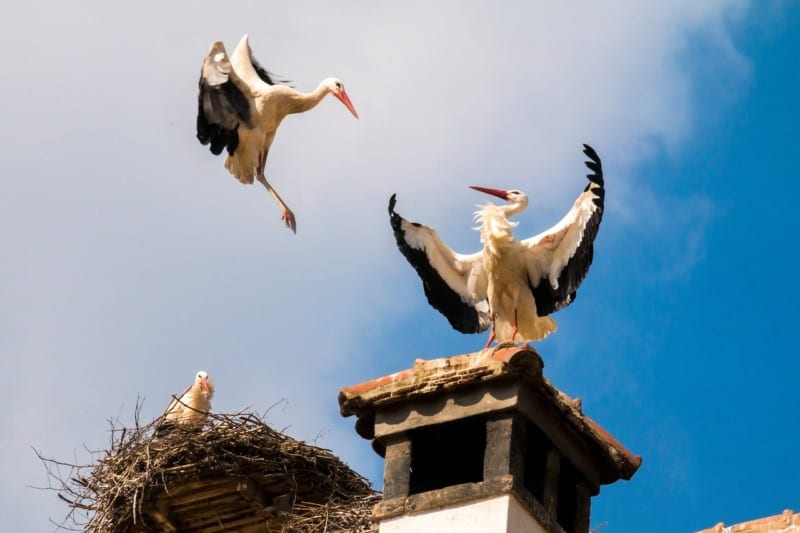
White Storks nest in a nesting platform on top of a European building. Image by Tee Farm
Rubbish Piles and Dumps: Heat Source and Endless Food
Yes, dumps are a fantastic place to spot birds, but be aware that not all are available for public access.
Especially in the wintertime, birds use the inherent heat that comes from the decomposition of materials to stay warm. Within all that rubbish, too, is loads of food possibilities.
Year-round, some birds have been known to situate their roosting grounds nearby to major dump locations to be in close proximity to where the food source is located.
It may be a smelly birding day, but don’t be surprised if rare or migrating birds head for rubbish dumps. Particularly, if there aren’t marshes or other ample food sources in the immediate area, these are great places to spot scavenging birds and even storks, ibises, and other waders.
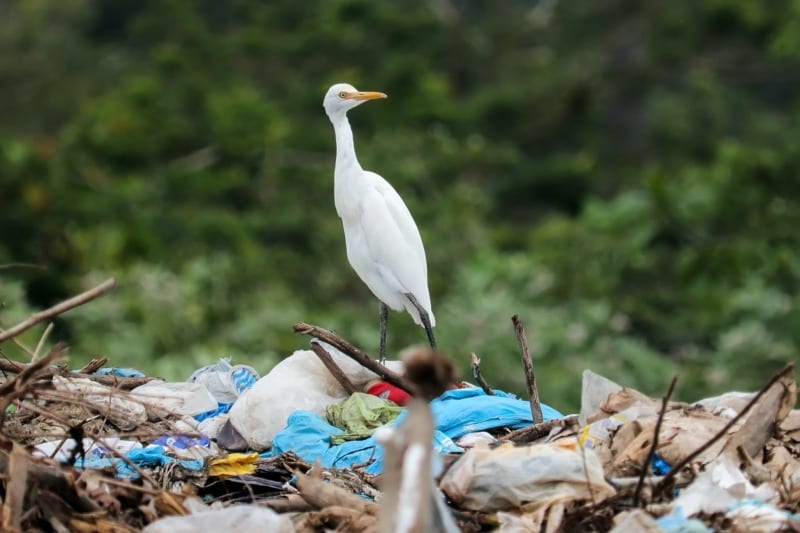
A Great Egret stands on a trash pile, sorting through to look for food. Photo by Muhammad Yasir
Vineyards: Symbiosis in Action
When you think about it, vineyards are the perfect place to find birds. Importantly, there are far more insect-eating birds around vineyards than there are fruit-eating birds.
These insect-eaters help with the process of reducing nasty bug and pest populations around vineyards. In particular, this immensely helps out the vineyards in reducing what they spend on pest control!
Take a vineyard tour or walk along a trail adjacent to vineyards, and you’ll sometimes see bird nest boxes placed around the fields. These are often targeted for owls, who can eat the rodents, and bluebirds or swallows, who love to gobble up insects.
Talk about the perfect symbiosis, right?
Bluebirds, in particular, are one of my favorite birds, and if you’re in their North American range, you can almost always find one in a vineyard.
READ NEXT | Bluebird 101: All About Bluebirds
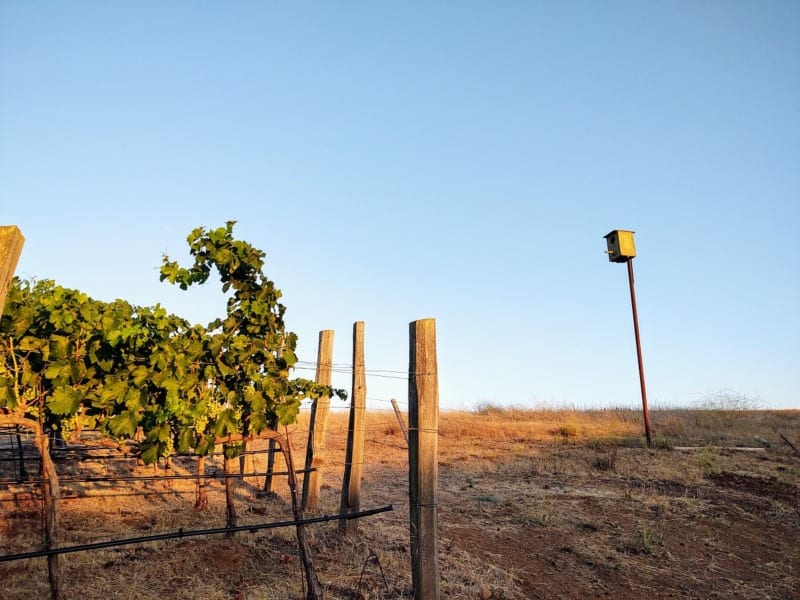
An owl nest box sits at the edge of a vineyard in the wine country, California. Photo by Christa Rolls
Salt Pans: Predator Evasion
Large islands of dried salt beds are ideal for birds well-adapted for high-salt environments. Flamingos, in particular, are known for this specialty.
When salt beds fill with water, their soil is difficult to trek through and is also inhospitable to most other life.
It’s for this reason that Flamingos and other bird species have adapted to nesting in salt beds, to better protect their eggs and babies from unwanted predators.
Lake Natron in the far northwest corner of Tanzania has one of the largest populations of nesting salt pan Flamingos than anywhere in the world. And what a sight to see!
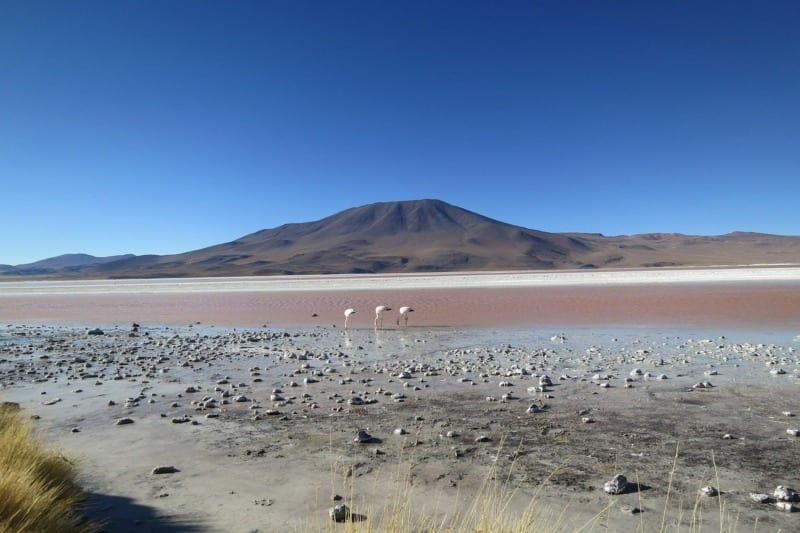
The Atacama Desert in Chile is another incredible place where birds flock to forage and nest in the salt lakes. Image by Travel Coffee Book
Where else have you seen birds and thought “wow, I didn’t think a bird would be here!”?
I’d love for you to tell us in the comments!
Happy Birding,
Christa and Nathan
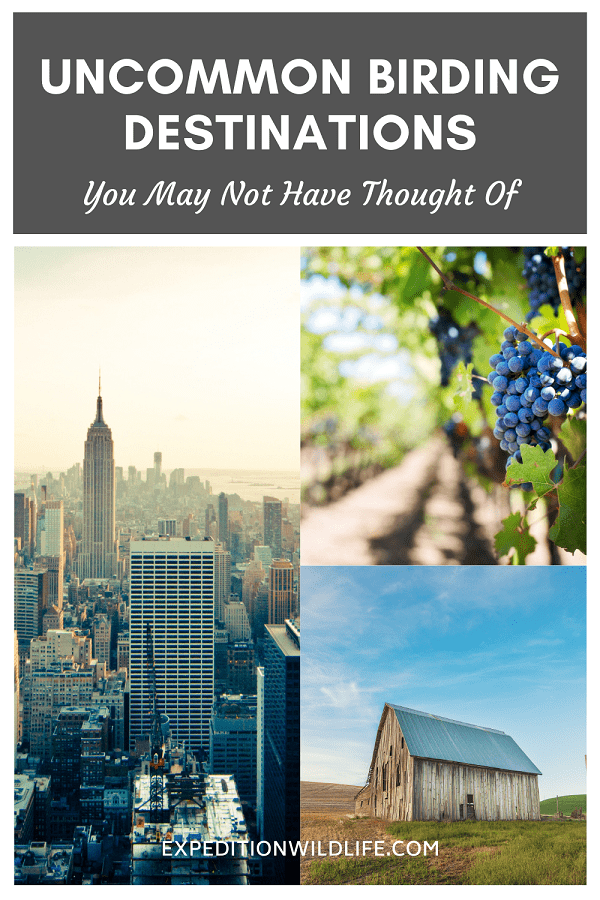

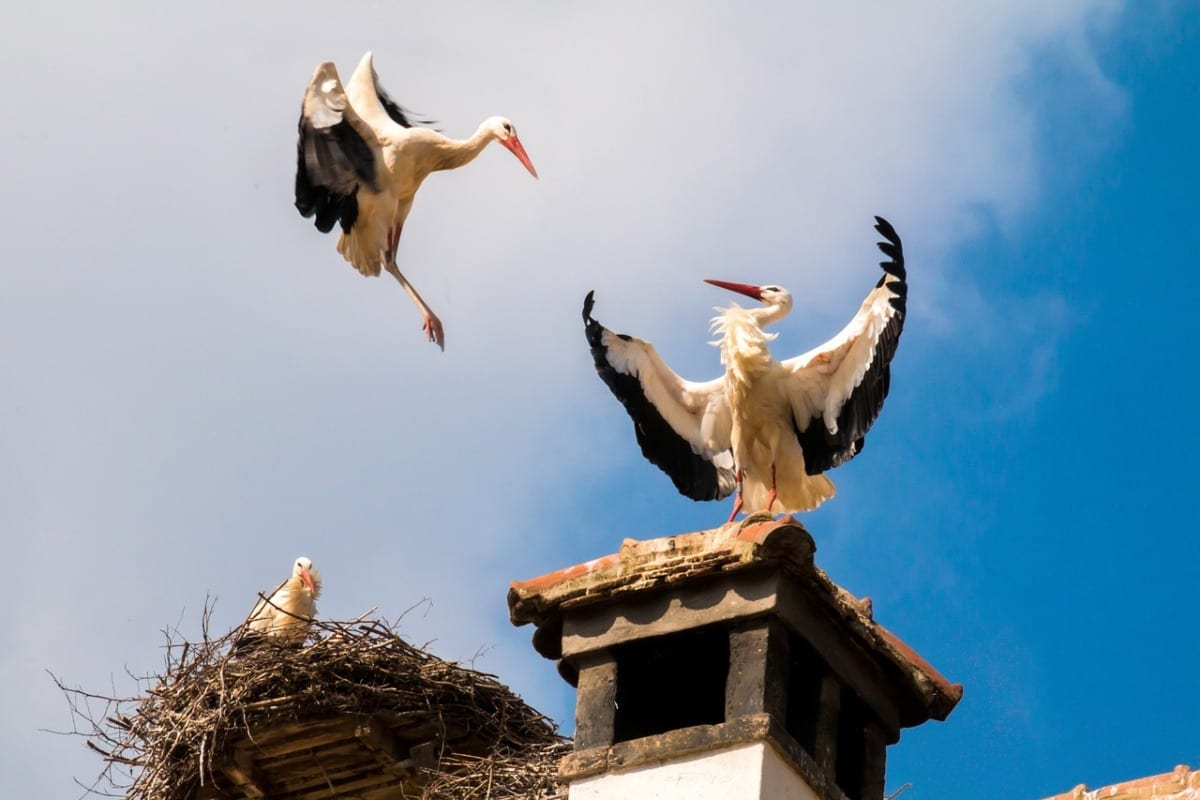


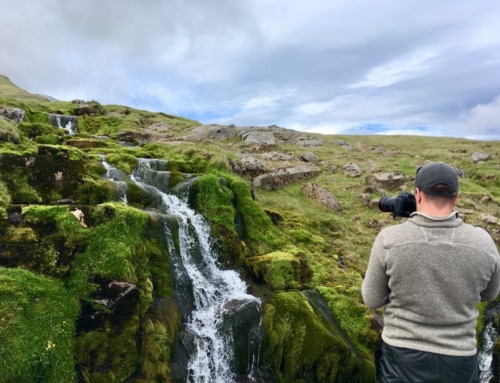

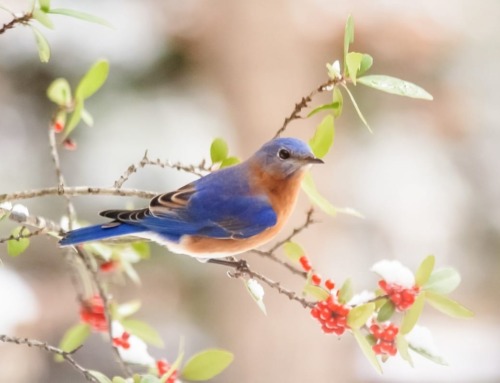
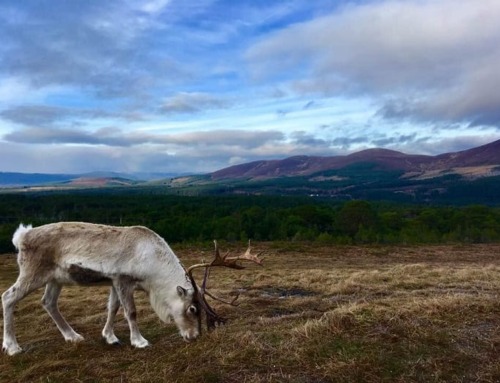
Leave A Comment